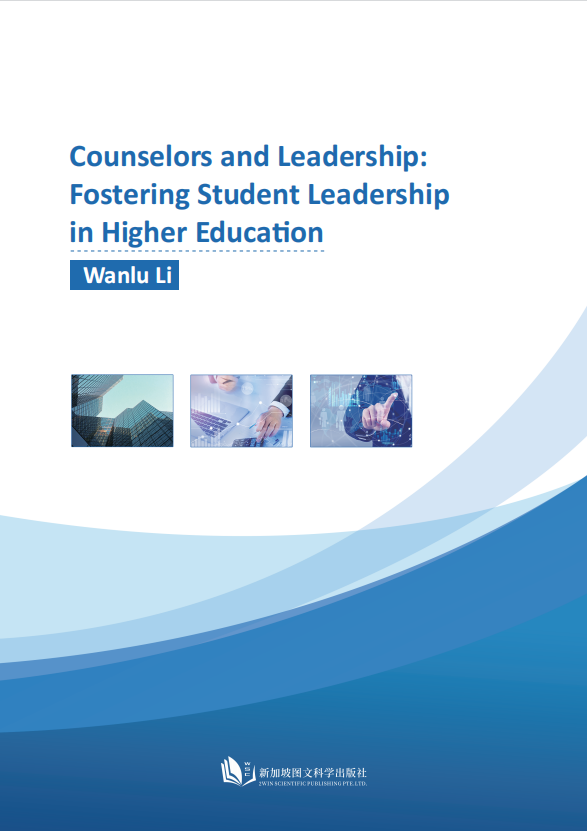

Counselors and Leadership: Fostering Student Leadership in Higher Education
ISBN:978-981-5261-72-1
作者:Wanlu Li
语言:英文
发表年份:2024年
收录数据库:新加坡图书馆
Wanlu Li is a female scholar with a Ph.D.inEducation. She currently serves as a lecturerat Shanghai Normal University Tianhua Col-lege.Her research focuses on leadership inhighereducation and digitalization in highereducation. She has published articles onhigher education leadership, student devel-opment and management, and the applica.tion of artificial intelligence technology.In2021,she was honored with the title ofShanghai Higher Education Counselor of theYear.
TABLE OF CONTENTS
Chapter 1 Introduction............................................................................................ 1
Chapter 2 Literature Review................................................................................... 6
Theoretic Framework .........................................................................................6
The Importance of Undergraduates' Leadership Development......................... 9
An Overview of Leadership Education in Higher Education ..........................10
Changes In Counselors' Roles and Responsibilities........................................ 16
Counselor Interventions and Student Leadership Outcomes...........................21
Key Factors Influencing Leadership Development......................................... 23
Chapter 3 Ethics and Methodology .......................................................................25
Ethics Consideration ........................................................................................ 25
Overview of Action Research Methodology ................................................... 26
Research Design ...............................................................................................31
Chapter 4 Results.................................................................................................. 37
Chapter 5 Conclusion............................................................................................54
References................................................................................................................ 57